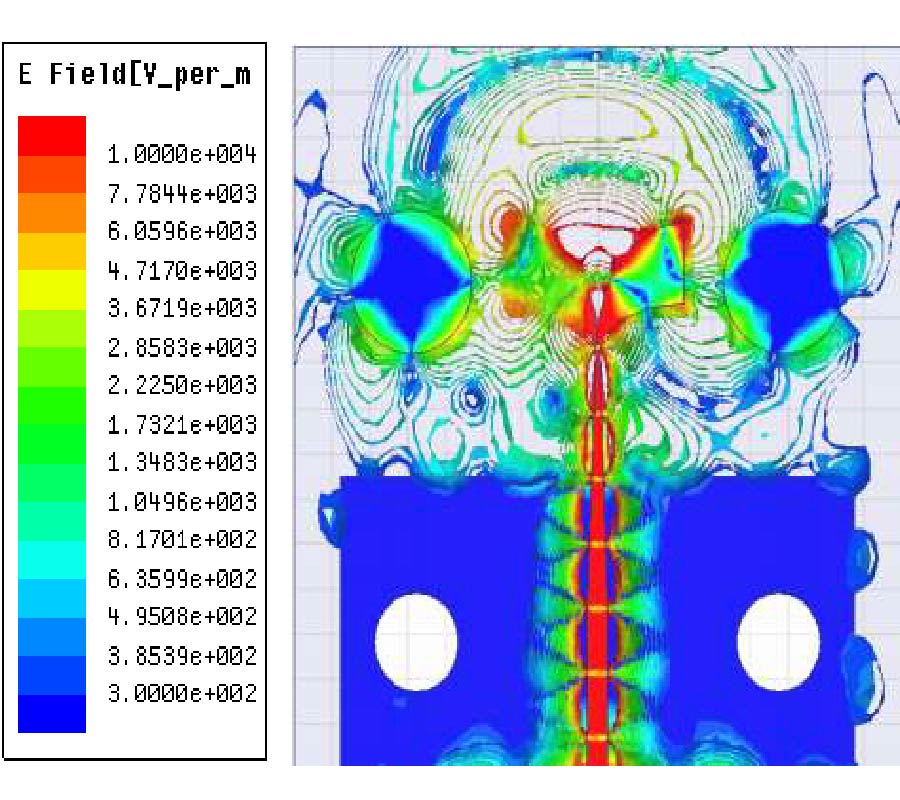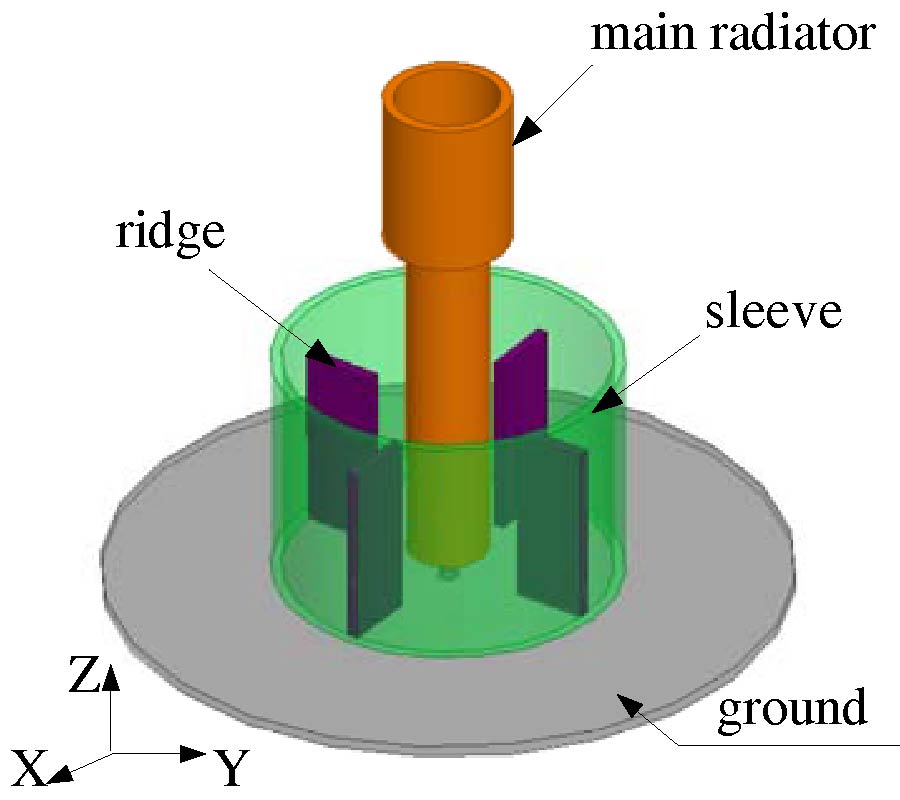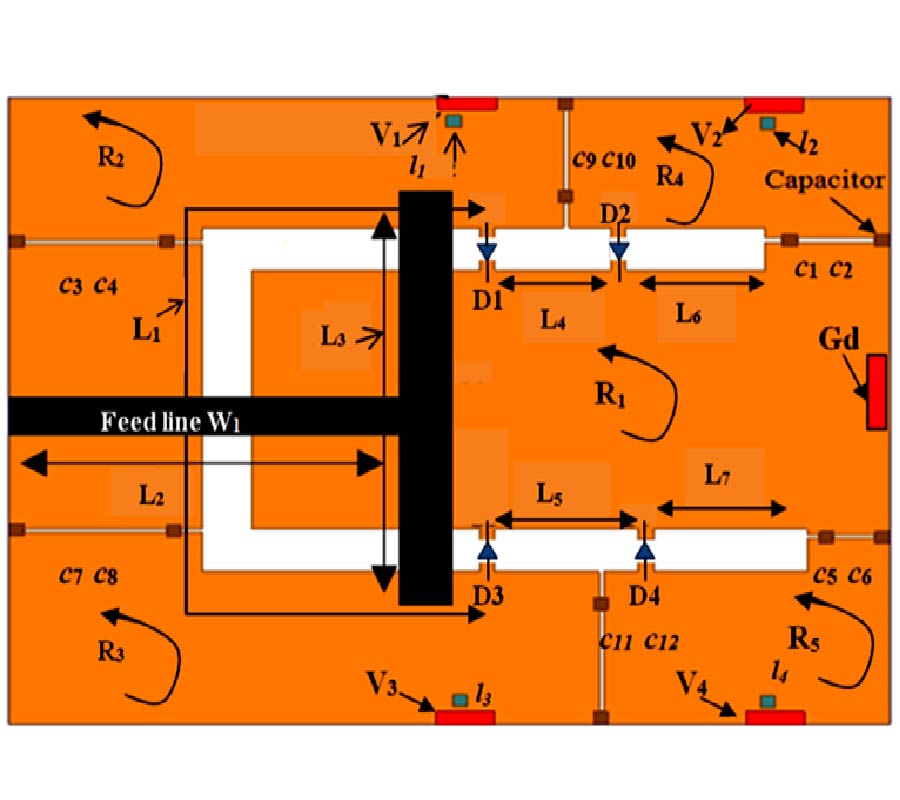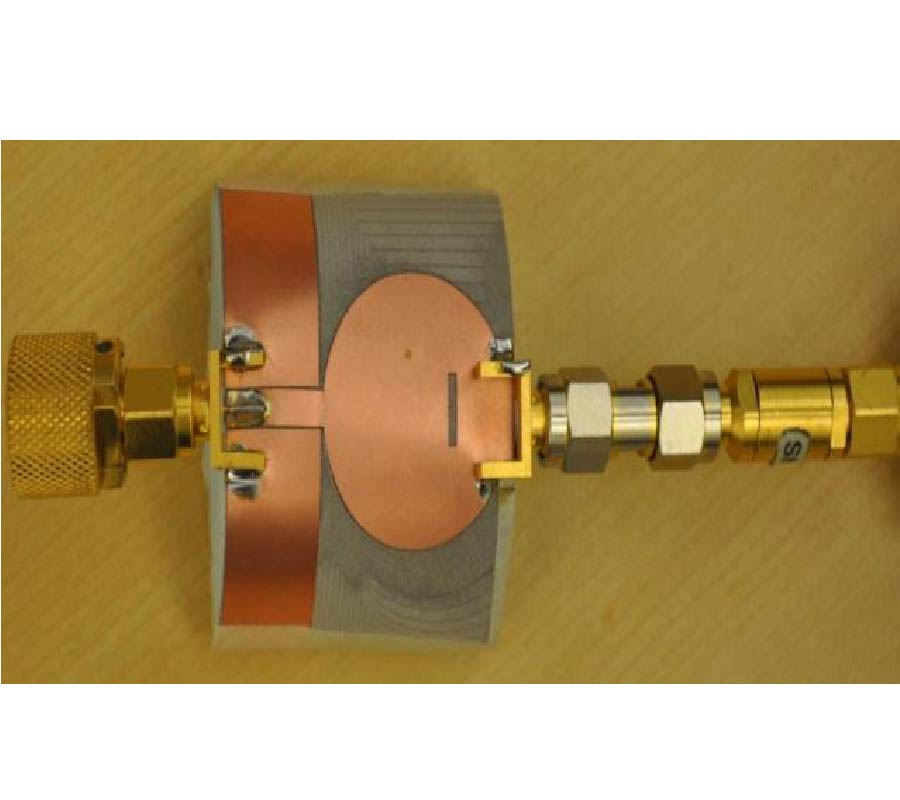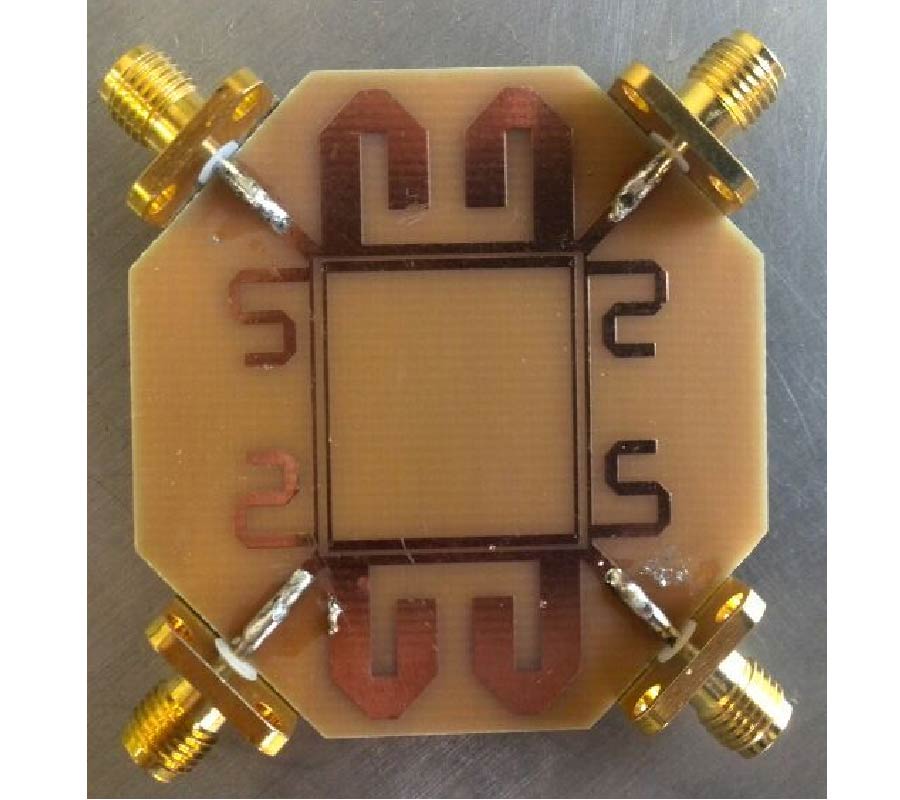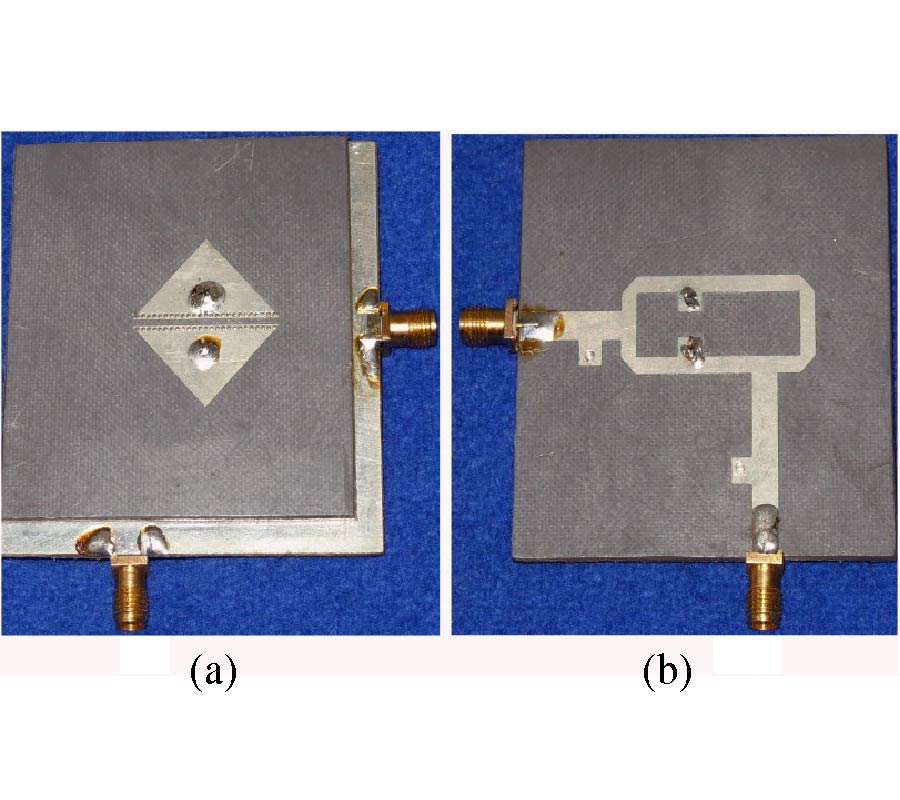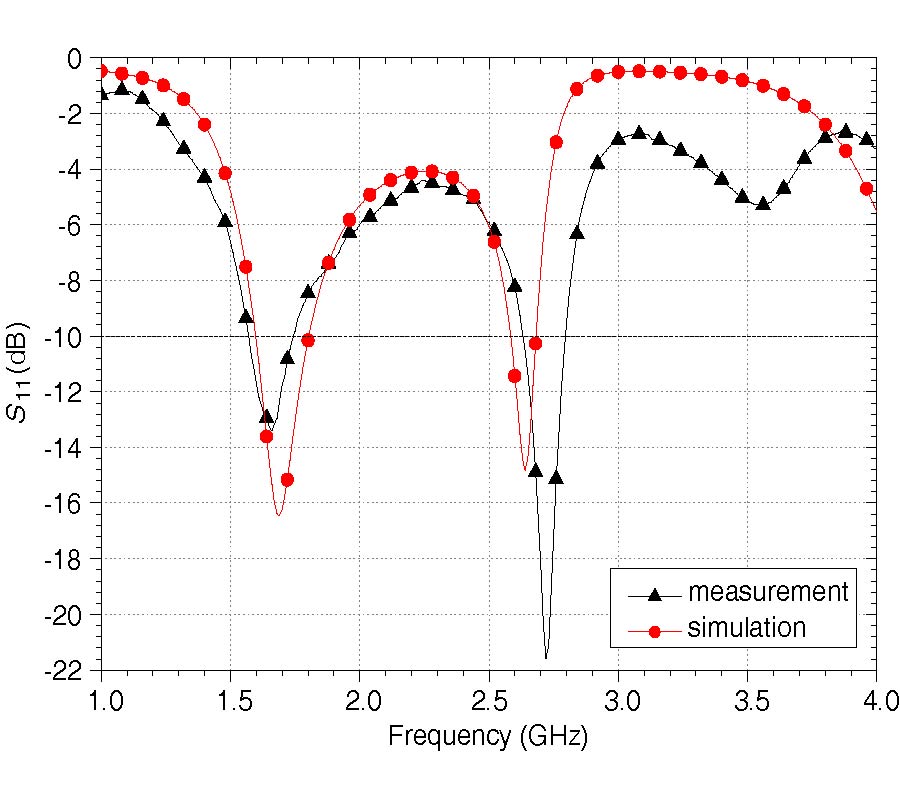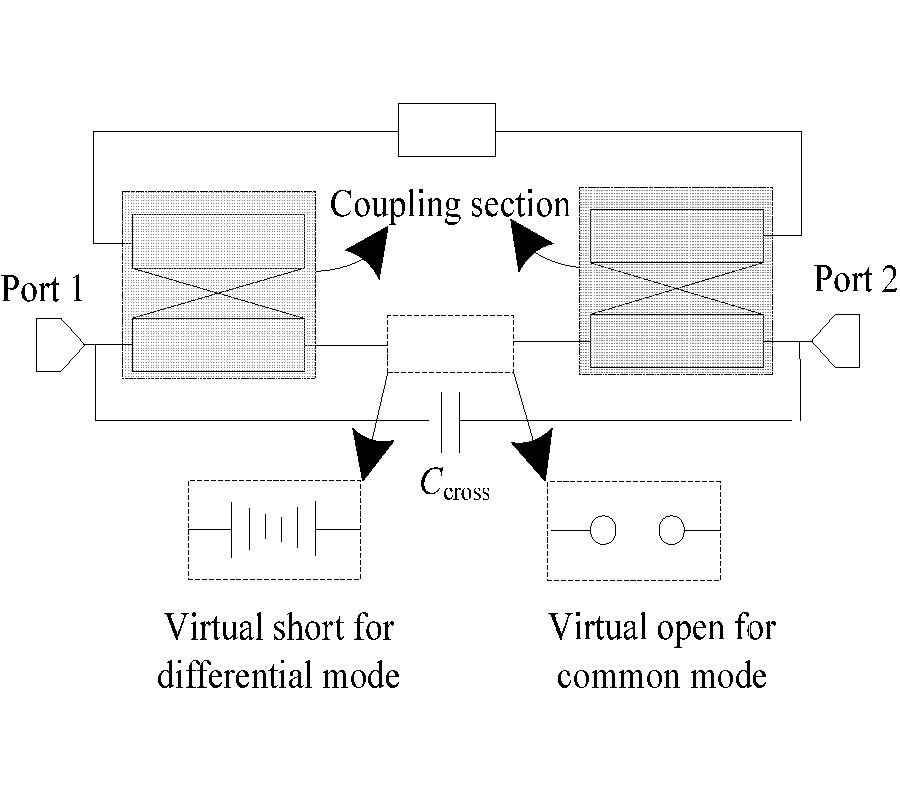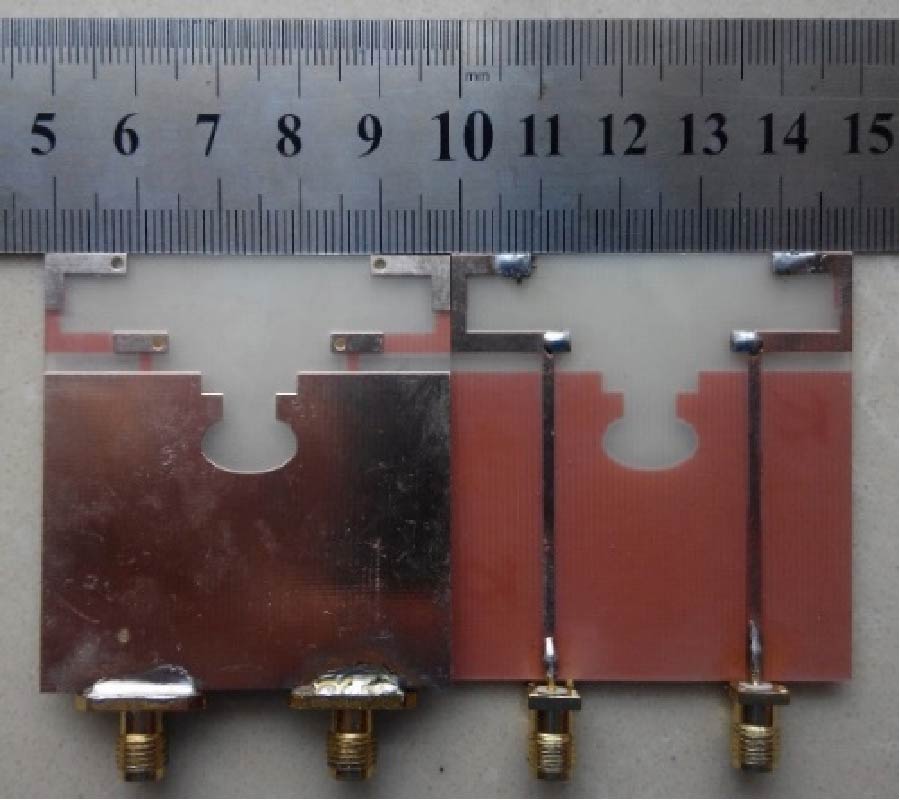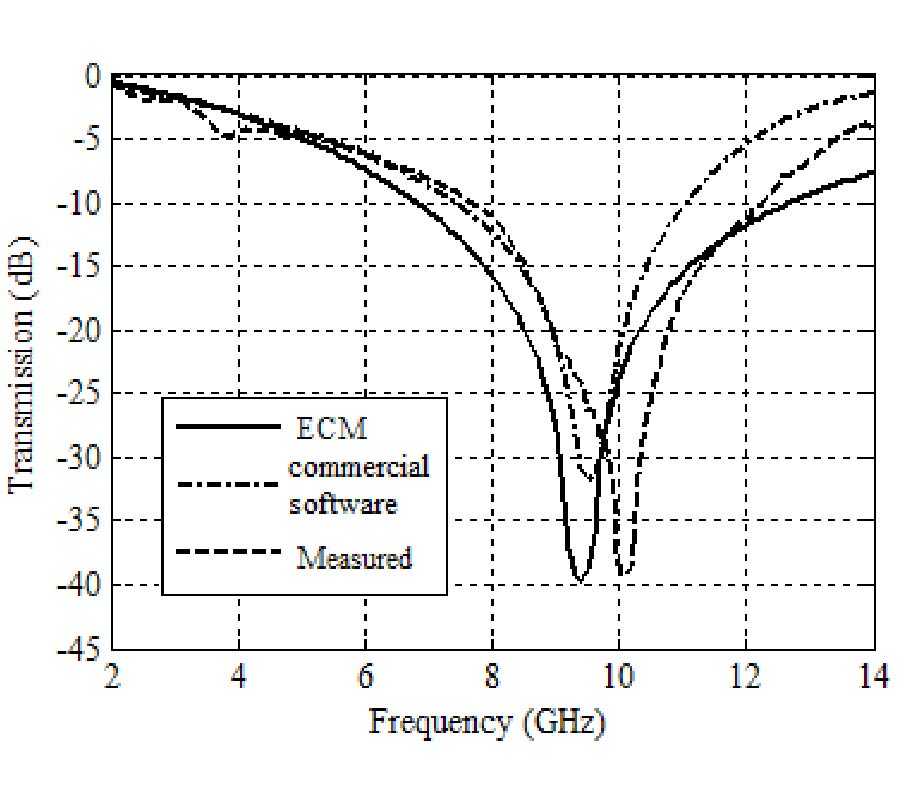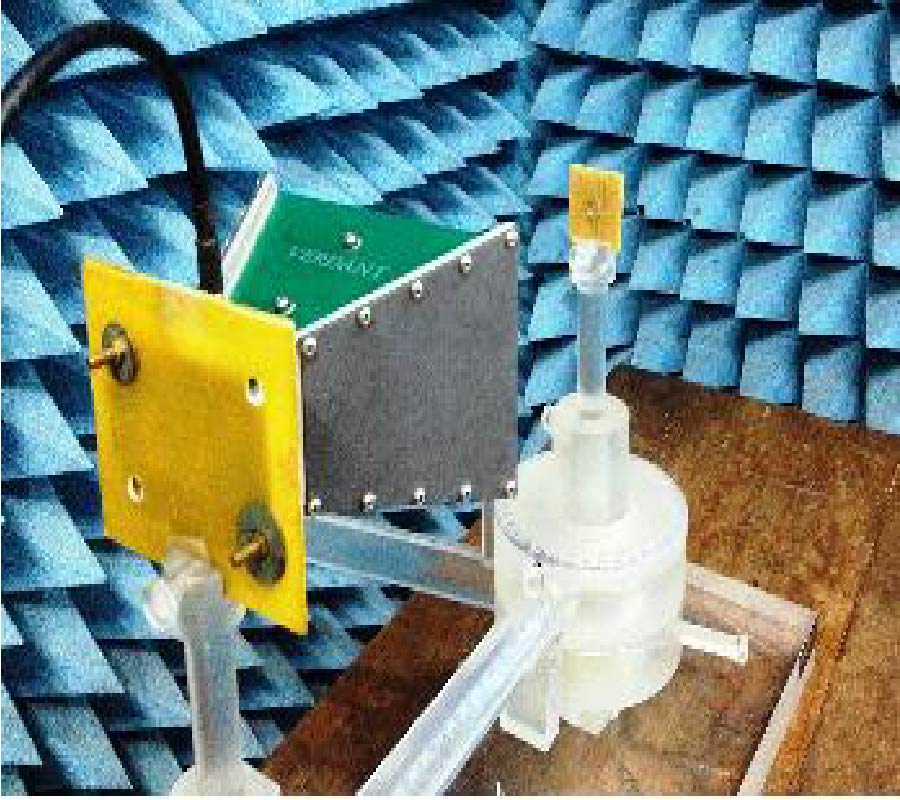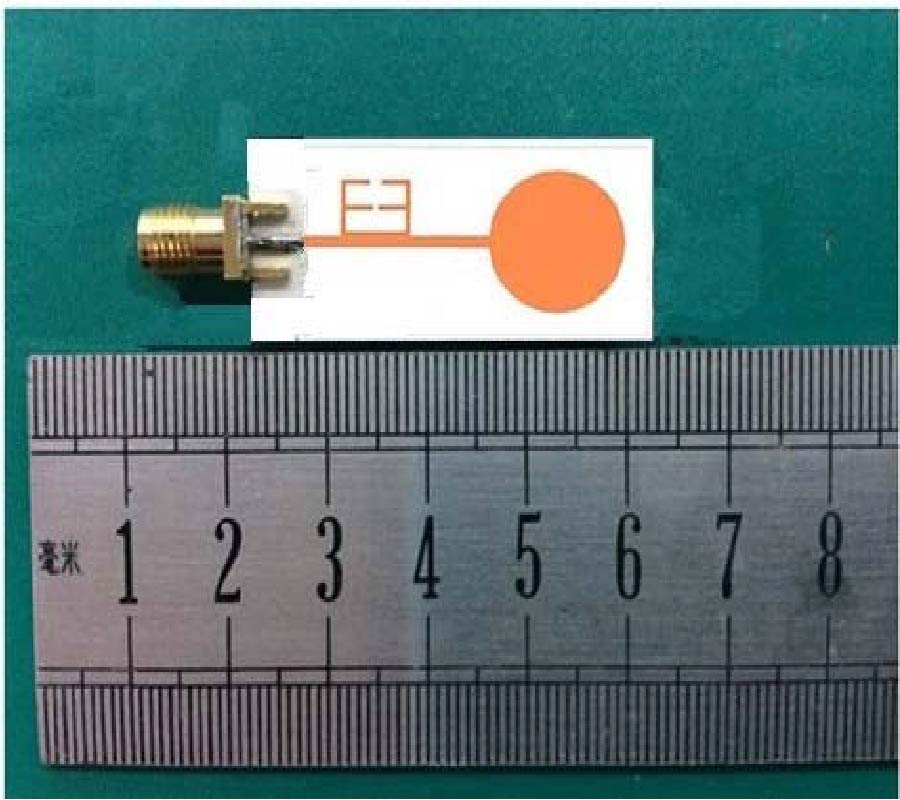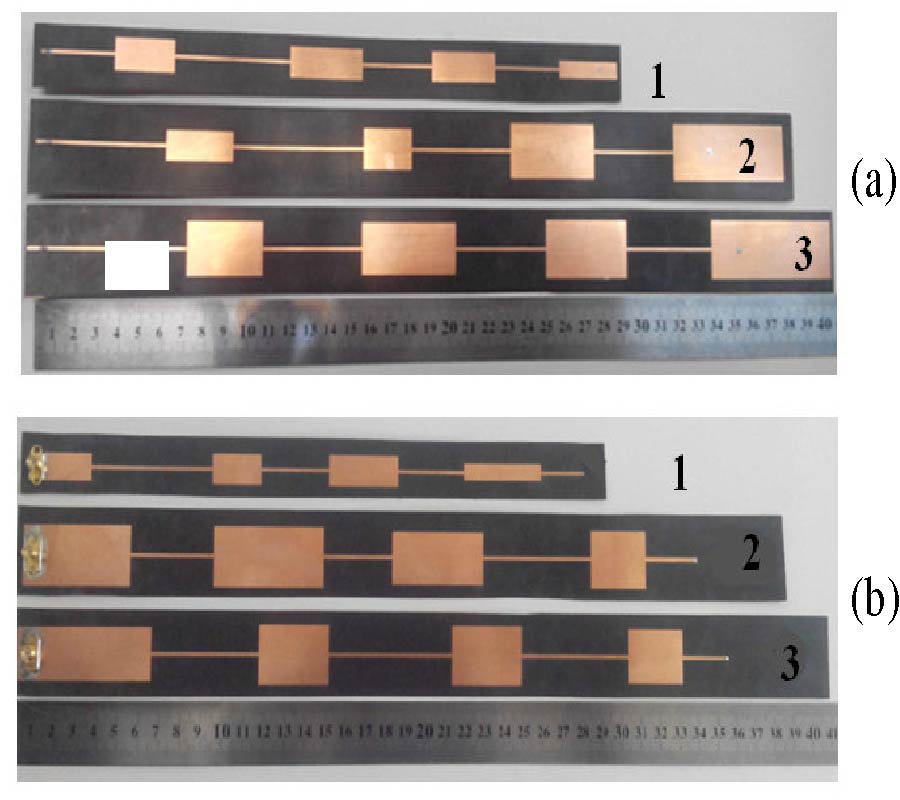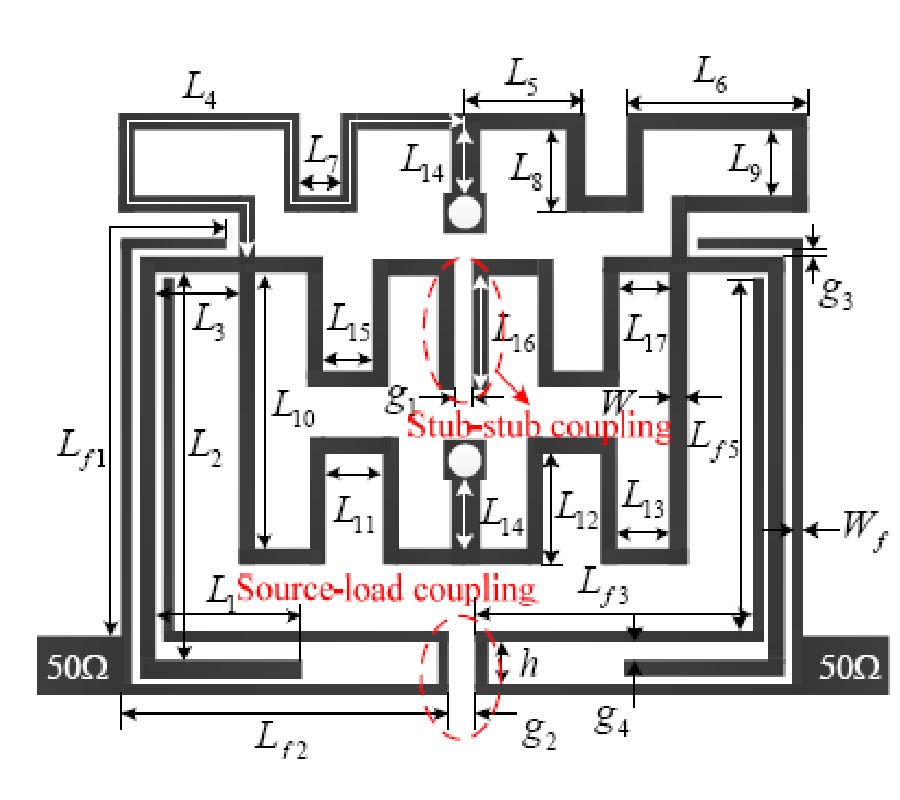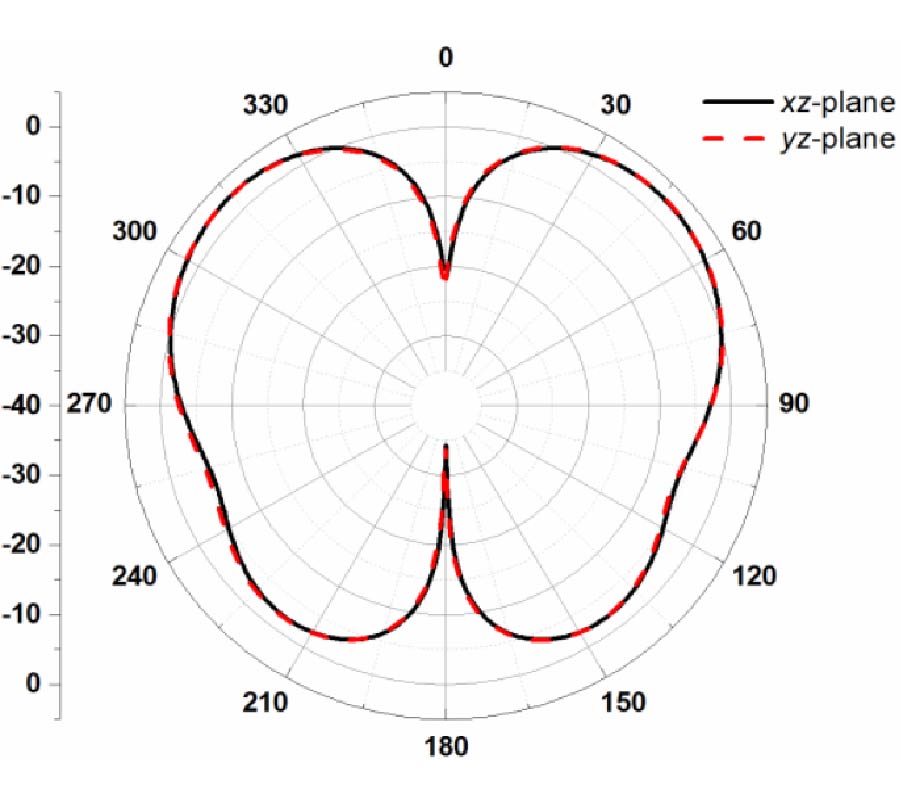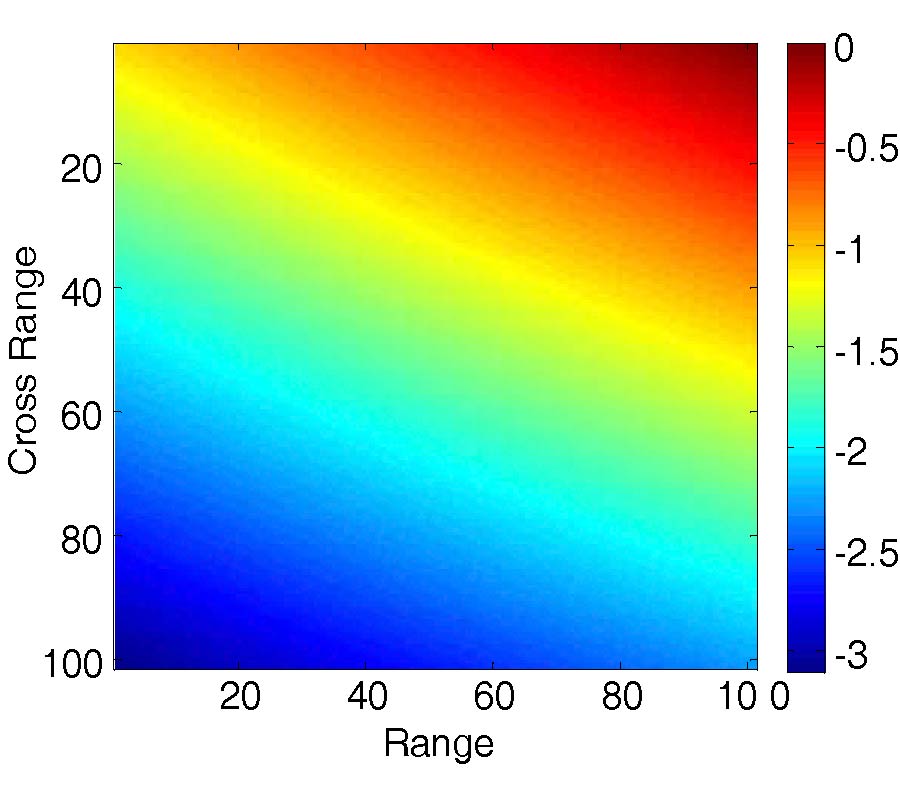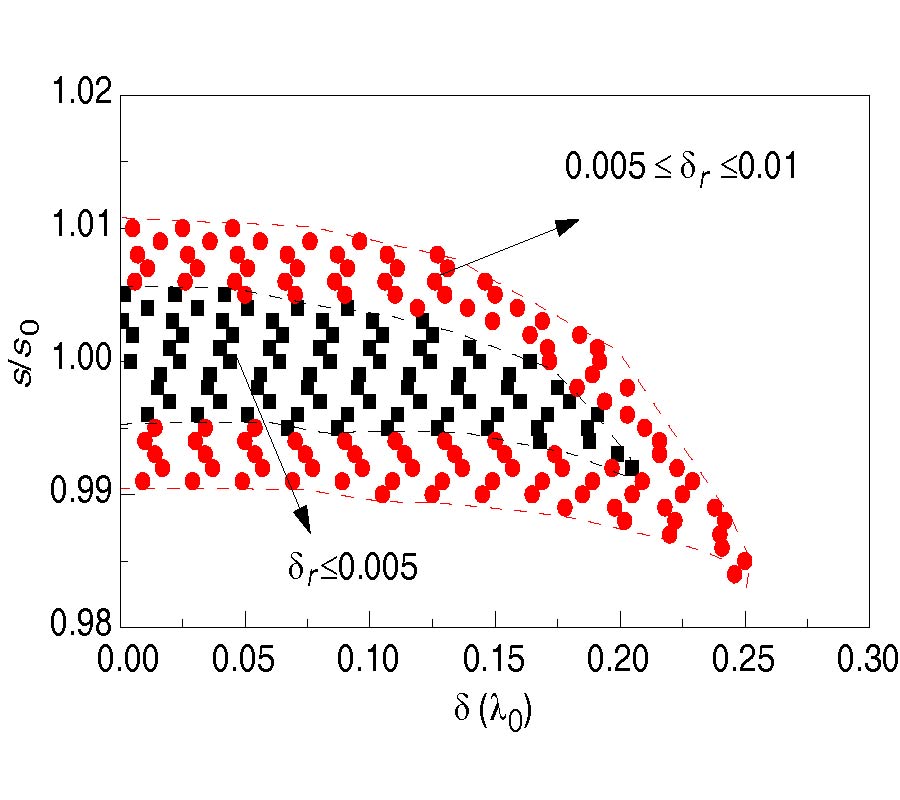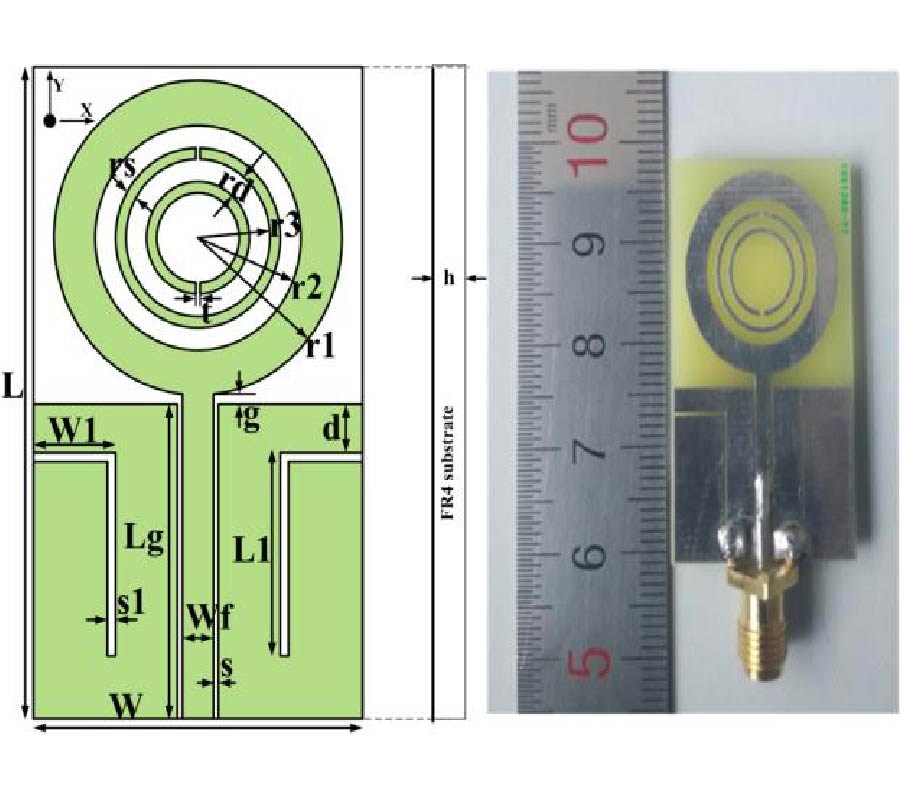Design of a Wideband Sleeve Antenna with Symmetrical Ridges
Peng Huang,
Qi Guo,
Zhi-Ya Zhang,
Yang Li and
Guang Fu
In this letter, a novel sleeve antenna with wideband characteristic is presented for wireless communication applications. By employing a sleeve structure, impedance bandwidth of the antenna is improved through exciting a new resonant point. To obtain an impedance bandwidth enhancement further, four symmetrical ridges are introduced between the sleeve and the main radiator. An excellent wideband impedance bandwidth for VSWR≤2 of 148.45% is achieved, covering the frequency range from 1.04 to 7.03 GHz, and good monopole-like radiation patterns are obtained where the un-roundness in the H-plane is less than 1.49 dB. It is very suitable for recent wireless communication services such as DCS, PCS1900, UMTS, IMT2000, WLAN, WiMAX2350/3500, WiBro, etc.
